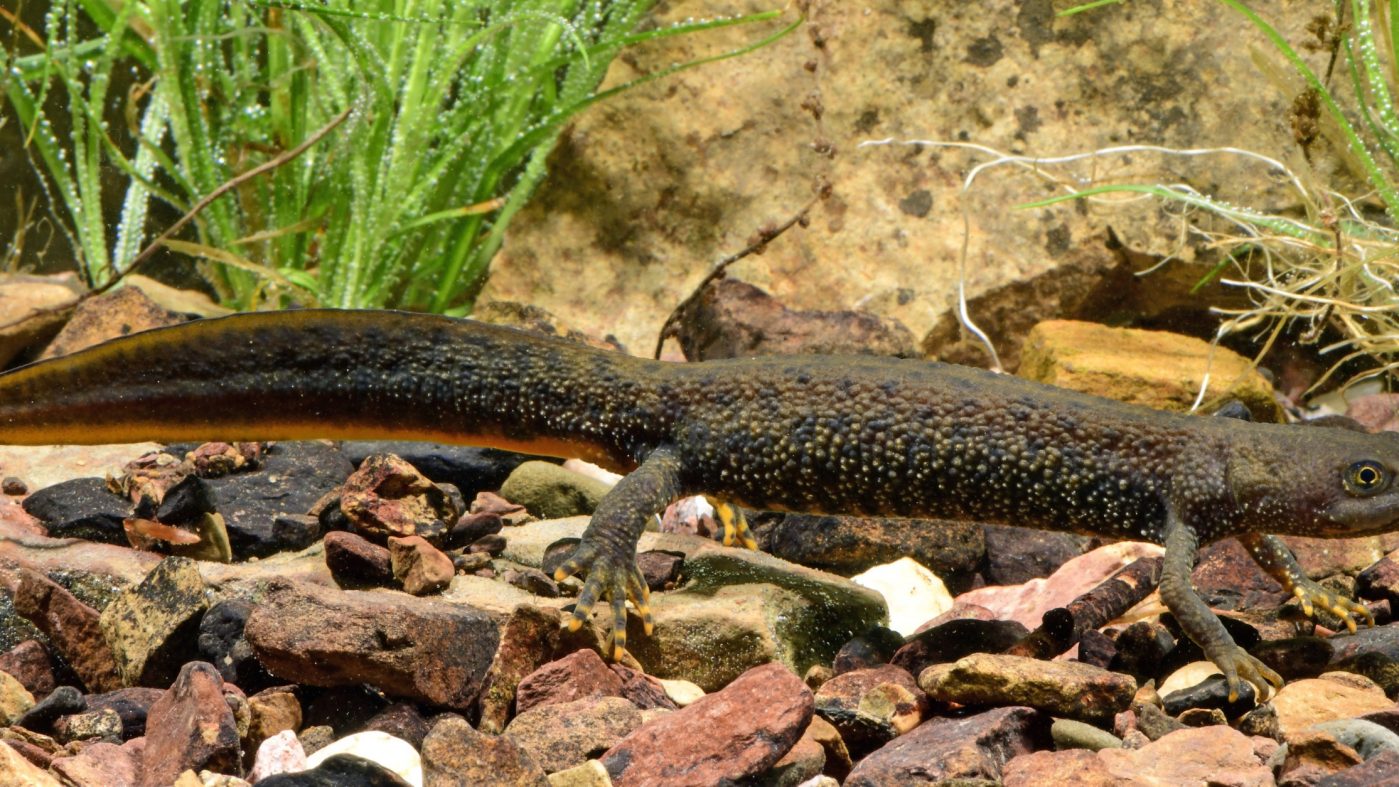 © ©bennytrapp - stock.adobe.com
© ©bennytrapp - stock.adobe.com
Orchard Farm: Home of the great crested newt
In Kent, in the South East of England, wienerberger is converting an adjoining area of a clay quarry into a habitat for endangered animals and plants – a prime example of biodiversity conservation.



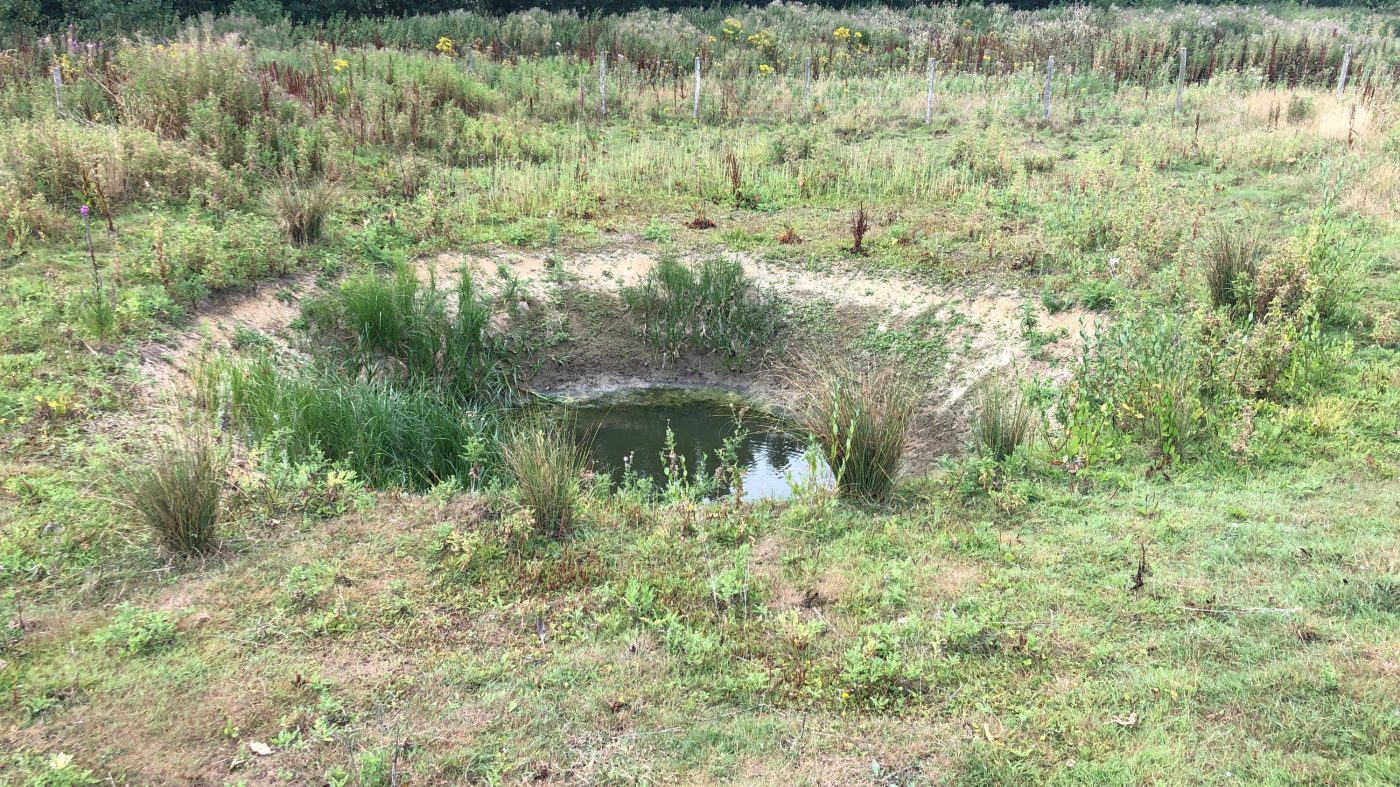
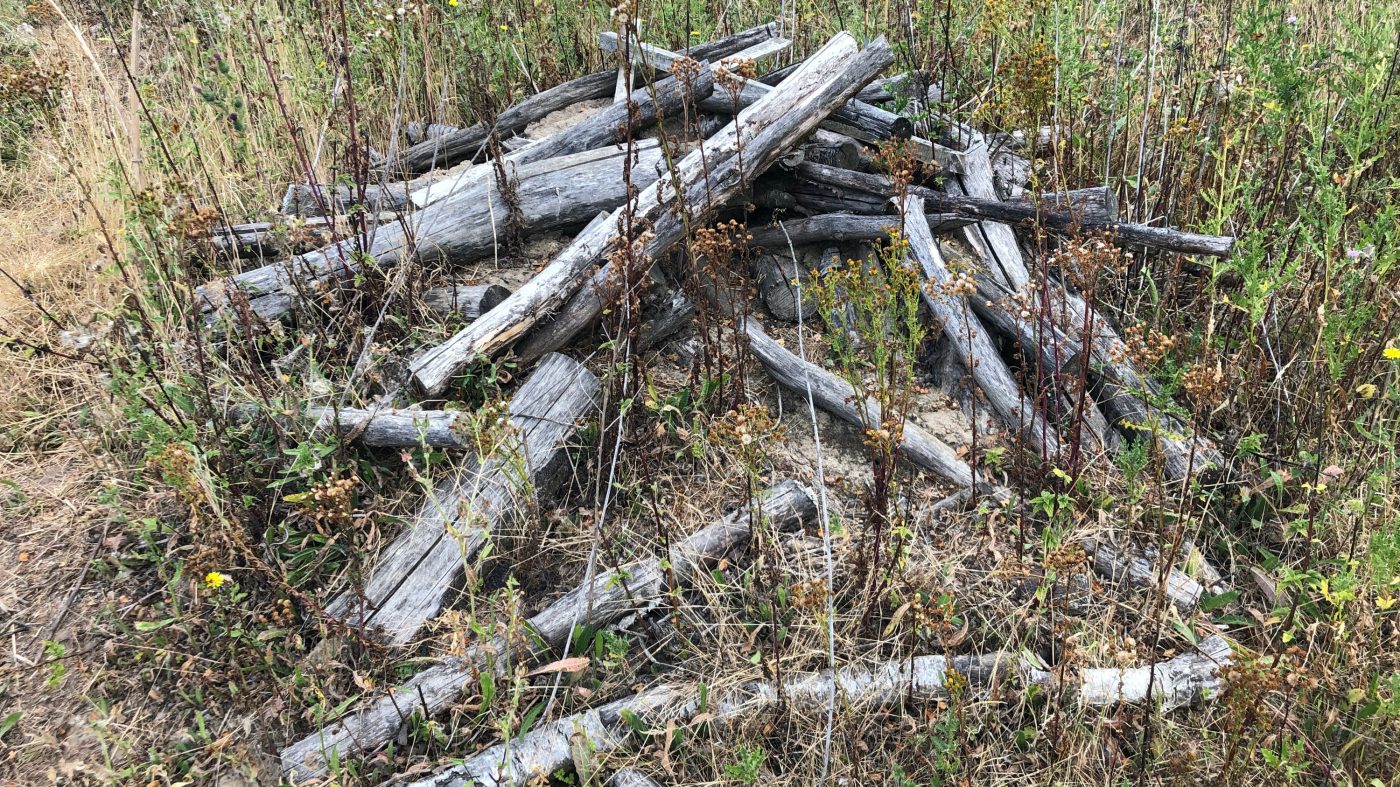
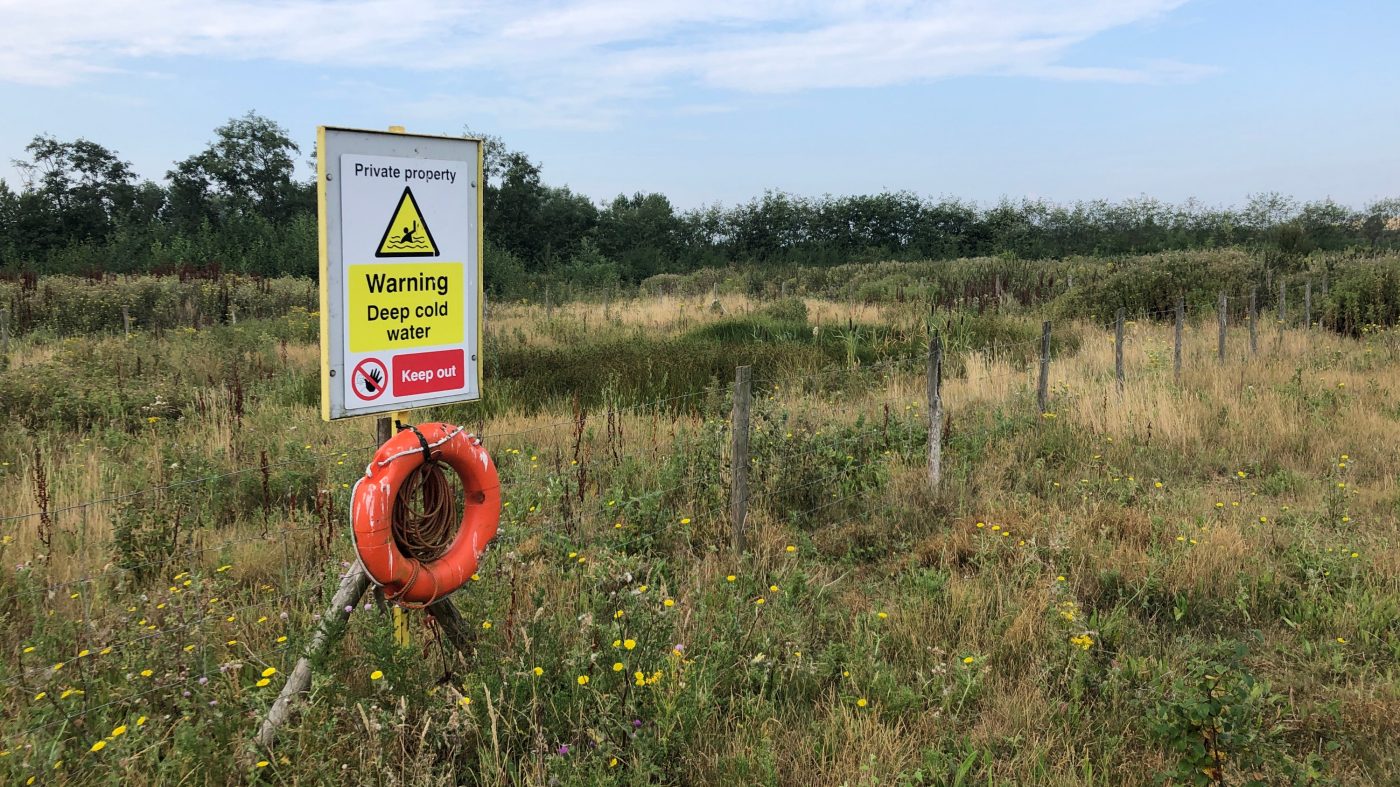
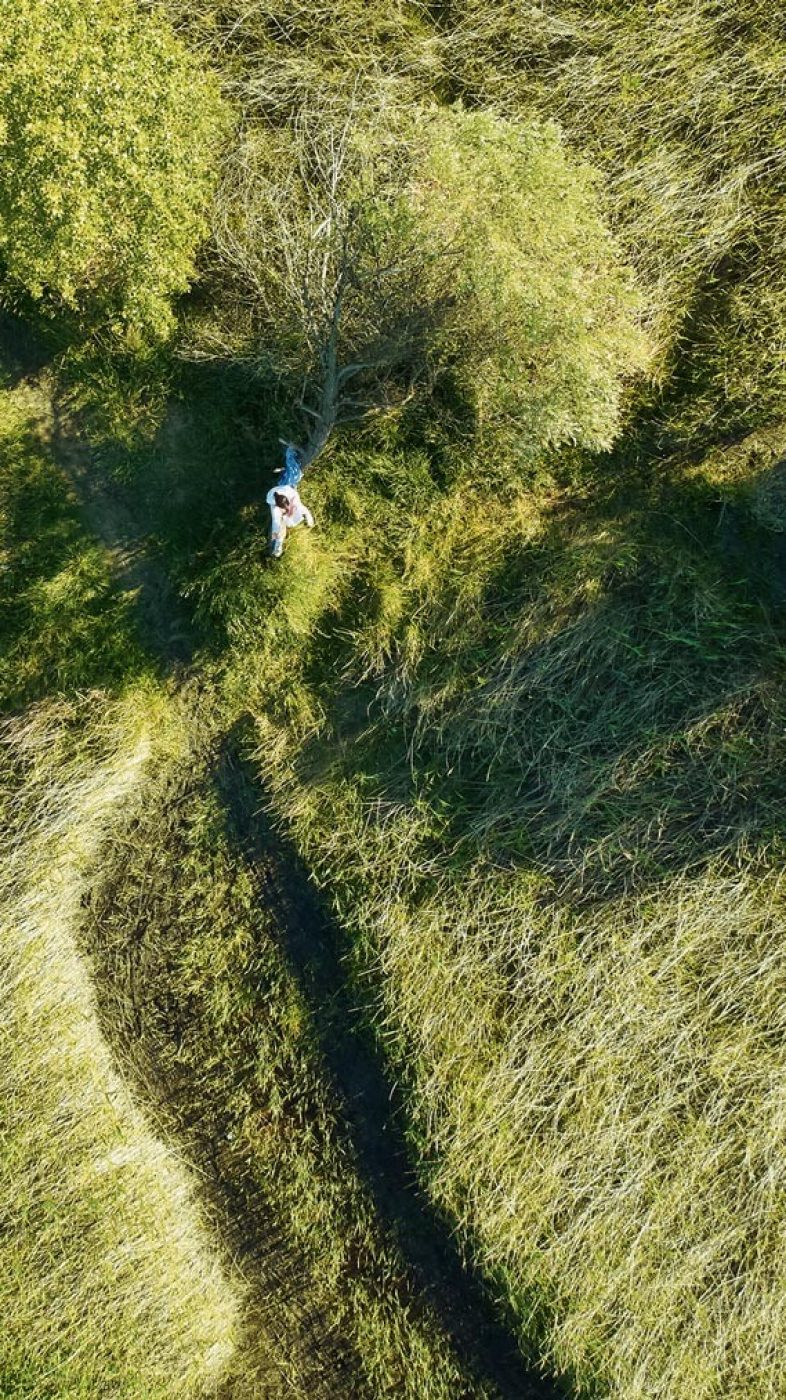 © Robert Staudinger
© Robert Staudinger
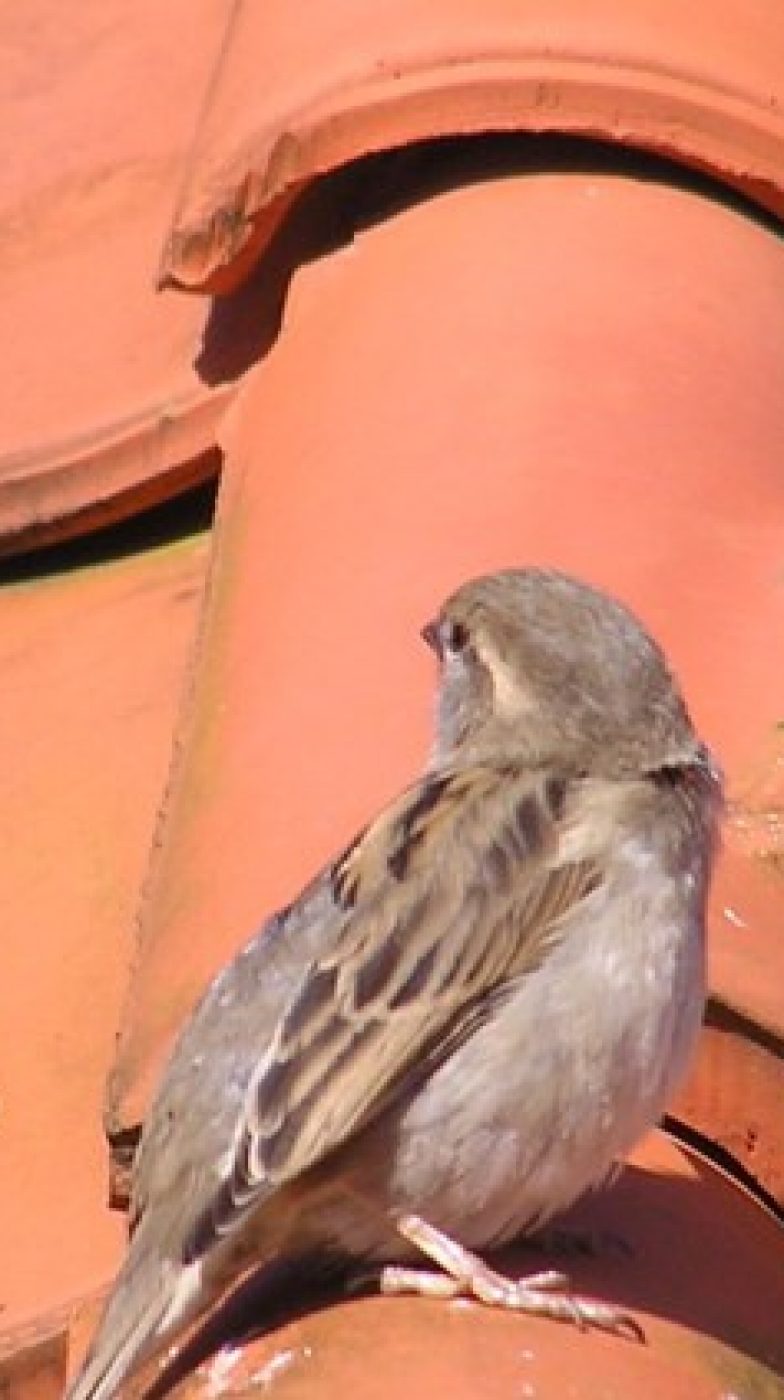
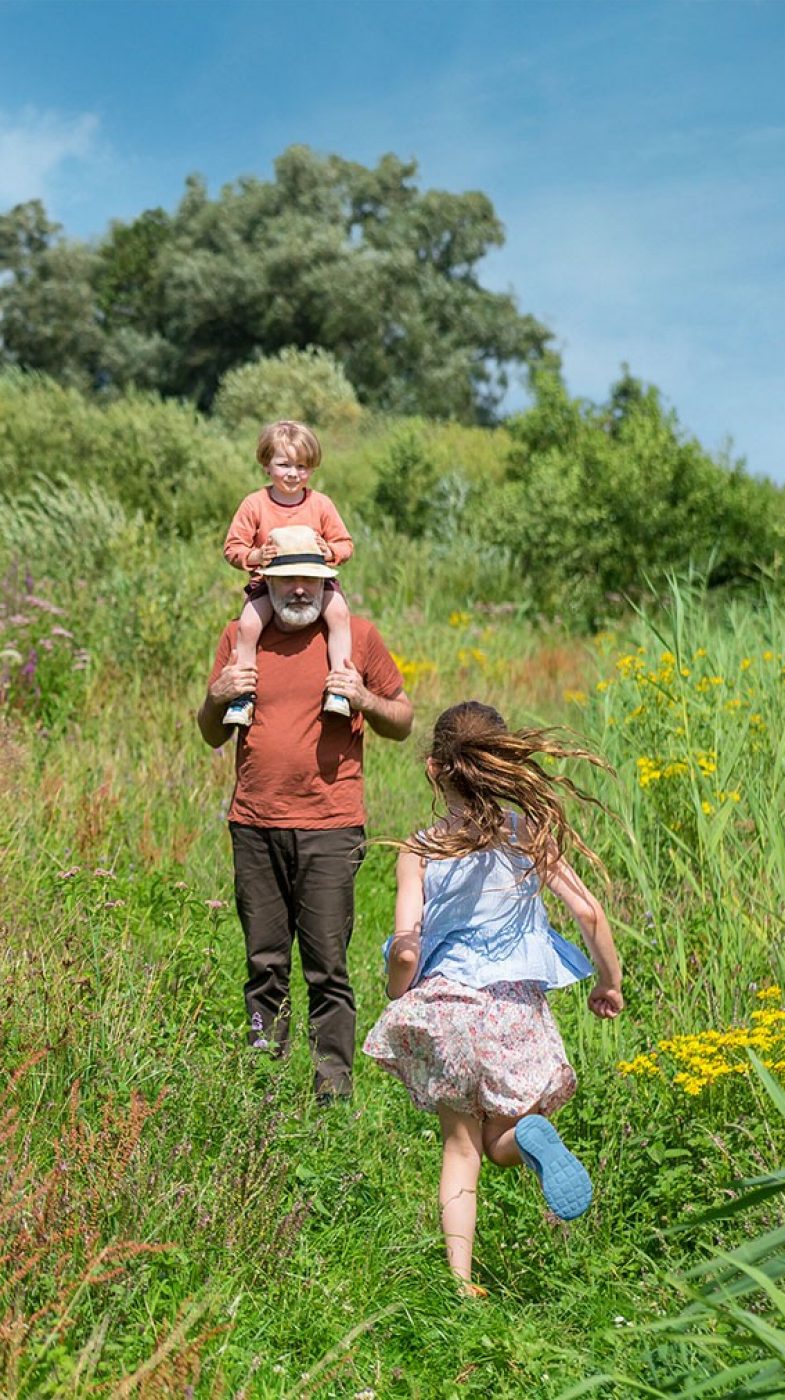 © Marjolein den Hartog
© Marjolein den Hartog